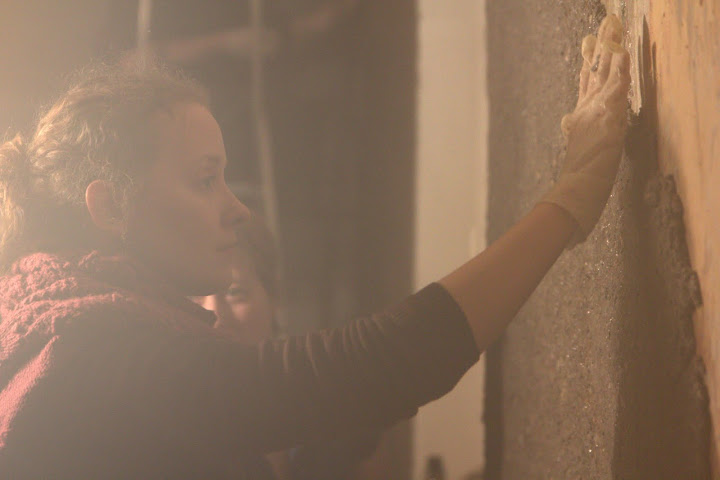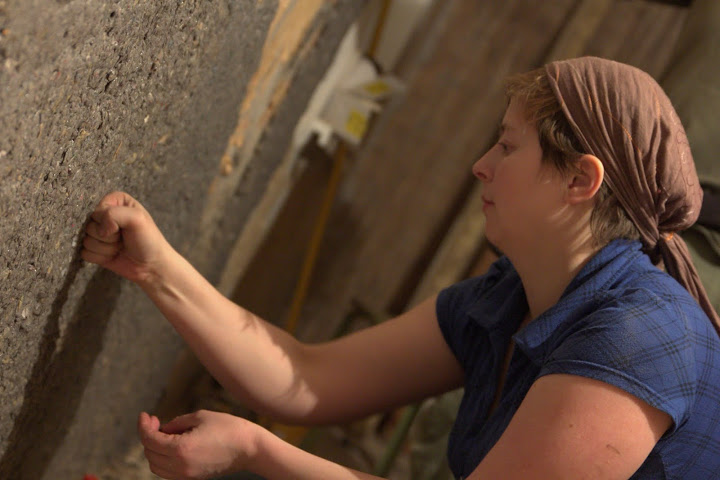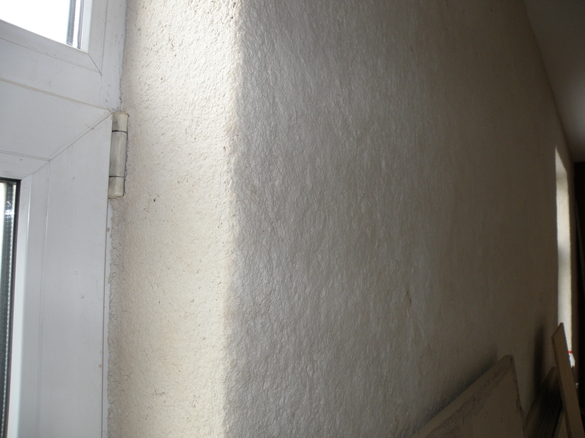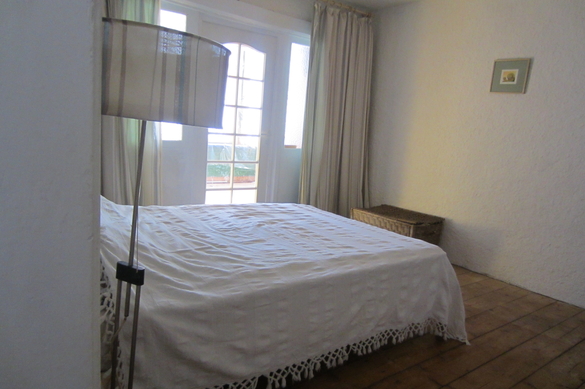04March
How to plaster walls with old newspapers? [DIY]
Liis and Meelis decided to renovate their home in a hundred-year old wooden house using sustainable methods so they figured they could also put paper waste to good use. They decided to plaster their walls with it because paper is a decent insulator and soundproofing material. The outcome was both visually appealing and practical! Here's how they did it...
1) Preparation
First, get a hold of paper waste - anything from old newspapers to brochures, books, copy paper, etc. will do. Now, soak it in water until the paper is completely soft and easily broken down. About half an hour for newspapers will do, more for coated papers, but it doesn't hurt to let the paper soak overnight. The soaked paper should now be broken down into a thick slurry by using, for example, an eggbeater attached to a drill.
2) Mixing the plaster
You should now get rid of the excess water by squeezing the water out. For this, you can use an old thin curtain or any fabric which isn't too thick. Next, fireproofing-agent borax and wallpaper paste must be added. Because most wallpaper pastes already contain borax, you only need to add a handful of it for a 10L bucket of plaster. You can also use potato starch paste instead of the wallpaper paste. As for the ratios of all components required - there is no golden rule here because it depends largely on how wet the squeezed out paper is and how thick your wallpaper paste is. Just be careful not to make the plaster too wet or too dry, as it will not stick. Also, don't forget to stir the mixture!
3) Applying the plaster
Because wallpaper paste sticks to most surfaces, you can also use paper plaster for those same surfaces. We applied it to an old lime plastered wall after removing the old wallpaper on it and it worked great. So, grab a hold of some rubber gloves, take a handful of plaster and splat it onto the wall. The good thing with paper plaster is that it's very plastic and you can create the exact texture on the walls as you like. Be aware, that applying the plaster is fairly time-consuming so invite some friends over and have a blast at decorating your walls together!
To get the best results, you should apply the plaster in two layers and let the first layer dry first. Drying takes about a week. After you've done that, paint it any colour you like and your done!

Photo by Uku Haljasorg

Photo by Uku Haljasorg

Photo by Liis Kuresoo

Photo by Maret Kuresoo
Article by Liis Kuresoo and Meelis Sepp.
 lines
lines